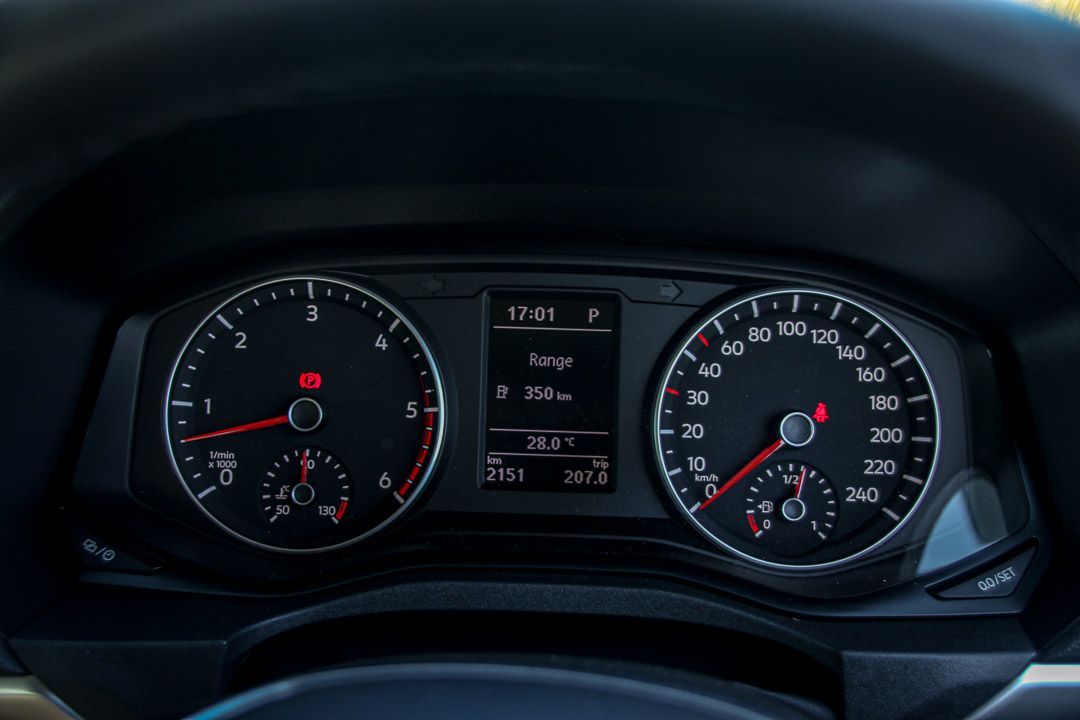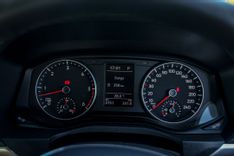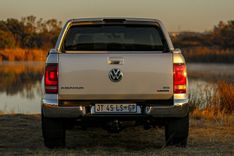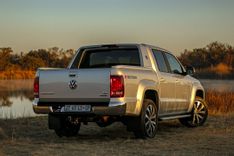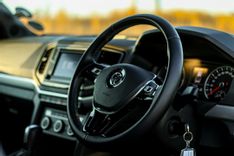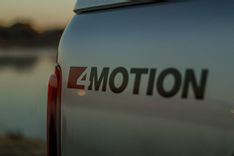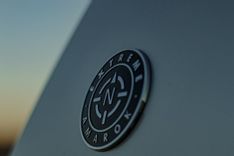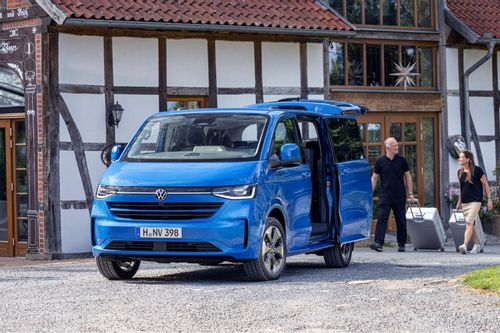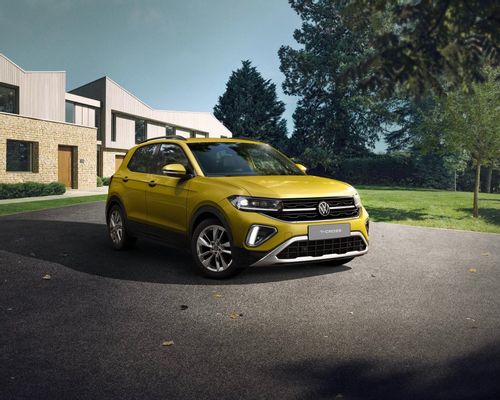It’s been around for about a decade, but the Amarok’s appeal is unfading. It may have received a slight update here or an engine upgrade there, but it’s still the same bakkie that has found myriad faithful owners over the years.
Even when going into battle with bakkie stalwarts like Toyota, Ford and Isuzu, the Amarok has managed to stand its ground, going for an upmarket approach - and finding success. Years ago, most bakkie makers offered some sort of V6-powered derivative, usually positioned at the top end of the range. Since the Mercedes-Benz X350d disappeared, VW’s Amarok is the only option for those that want their double cab with some V6 muscle.
In the case of the Amarok, it’s a 3.0-litre turbodiesel V6 producing an incredible 190 kW (200 kW on overboost) and a substantial 580 Nm of torque. It’s no surprise then, that this is SA’s fastest bakkie. 0-100 km/h comes up in just 7.6 seconds - quick for a hot hatch, let alone a two tonne workhorse.
But that’s not what bakkies are about. While originally designed as hard-working transport, the double cab has morphed into a lifestyle vehicle, with many families opting for the rugged appeal of a bakkie over an SUV or sedan.
In terms of family carrying capabilities, the Amarok impresses with the best ride quality in its class. The jiggly ride associated with bakkies is still there, although it’s been suppressed very well. Up front, the leather-trimmed seats are comfortable, offering plenty of support and adjustment. The rear does feel cramped, however. For a bakkie, the build quality is very impressive - everything feels solid and well-screwed together. Just don’t expect any soft touch plastics.
Still, at just under R1 million, we’d like the cabin to feel just a touch more luxurious. A glaring omission at this price is the lack of safety tech. Yes, you get stability control, traction control and ABS with EBD - but features such as adaptive cruise control, lane-keep assist and blind spot monitoring aren’t available. We’re hoping the new Amarok, due to be revealed in 2022, will have these features available.
The performance of our test unit highlighted what is undeniably the main attraction to the V6 Extreme. It feels so quick. Put your foot down and it jettisons ahead, moving with surprising force for such a heavy brute. As you ride that wave of torque, the turbodiesel V6 even provides a sporty soundtrack. But, we’ve got to ask, is it really necessary? It’s certainly intoxicating, but as an everyday prospect, we can’t help but think it’s slightly pointless.
It may not have as much power as the V6, but VW’s 2.0-litre turbodiesel has ample power and torque for the Amarok. What’s more, it’s cheaper to buy and lighter on fuel. As much as we were charmed by the magnificent powertrain found in the Extreme V6, the smaller engined model may be the more sensible buy.
Verdict
It’s a very difficult thing, evaluating products like the Amarok V6. From a sensible perspective, it doesn’t make much sense - there are cheaper, newer rivals out there offering better tech and equally excellent off-road ability. If you really want an Amarok, the four-cylinder derivative - while not as fast - is cheaper, just as capable (as a workhorse) and more economical. But when looked at as an object of desire, you begin to understand the V6 model. It sits at the summit of SA bakkies, not only as the most expensive, but the fastest and most powerful. R996 000 for any bakkie is a lot of money, but if you want the most outlandish one of them all, it’s a price you’ll have to pay.
Interested in purchasing an Amarok? Click here.
